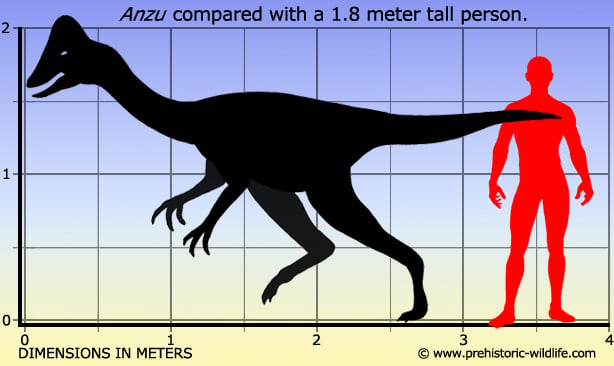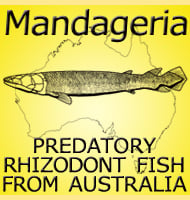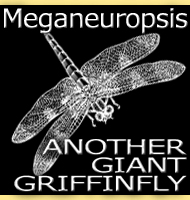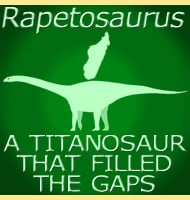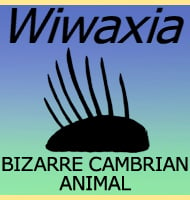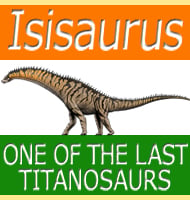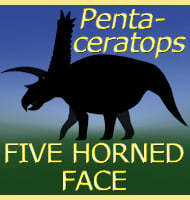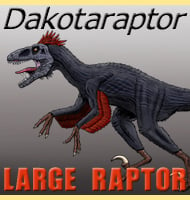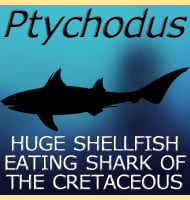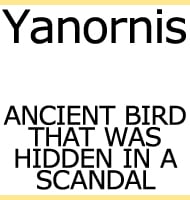In Depth
The scattered fossils of Anzu were first being found as far back as 1998, and in time four individual discoveries were pieced together to form one oviraptorid. Anzu now has a enough fossils to reveal the skull as well as around seventy-five/eighty per cent of the total post cranial skeleton. This has now revealed Anzu to have been an oviraptorid that measured at least one and a half meters high at the hips, making it the largest known oviraptorid on the North American continent.
Anzu is known to have had a fairly large rounded crest on top of its skull, a feature that was likely for display purposes. one of the most interesting things about Anzu is that the remains were found scattered across a flood plain, indicating that Anzu may have lived in a lowland flood plain environment. This is substantially different to what we currently know about the Asian oviraptorids which are known only from semi-arid environments.
Because the holotype remains were recovered from the Hell Creek Formation, Anzu was popularly dubbed the ‘chicken from hell’ in popular media. However that name chicken from hell did not translate well into Ancient Greek or Latin (the two most commonly used ancient languages when naming animals), and so the decision was made to name it Anzu.
Sometimes known as Imdugud, Anzu was a creature in the mythologies of ancient Sumeria and Akkadia that could be depicted as either a great bird or a griffin-like creature. Anzu was a servant to the sky god Enlil, though when Anzu desired to learn about the future of all things he stole the tablets of destiny. Anzu was subsequently killed when the tablets were retrieved, but by whom depends upon the version of the stories, with credits for the deed going to Lugalbanda, Ninurta and Marduk at different times.
Further Reading
- A New Large-Bodied Oviraptorosaurian Theropod Dinosaur from the Latest Cretaceous of Western North America. - PLoS ONE 9 (3): e92022. - M. C. Lamanna, H. D. Sues, E. R. Schachner & T. R. Lyson - 2014.
